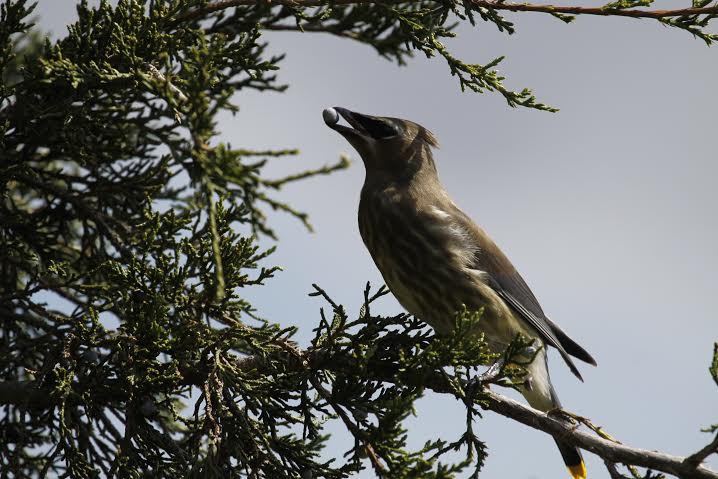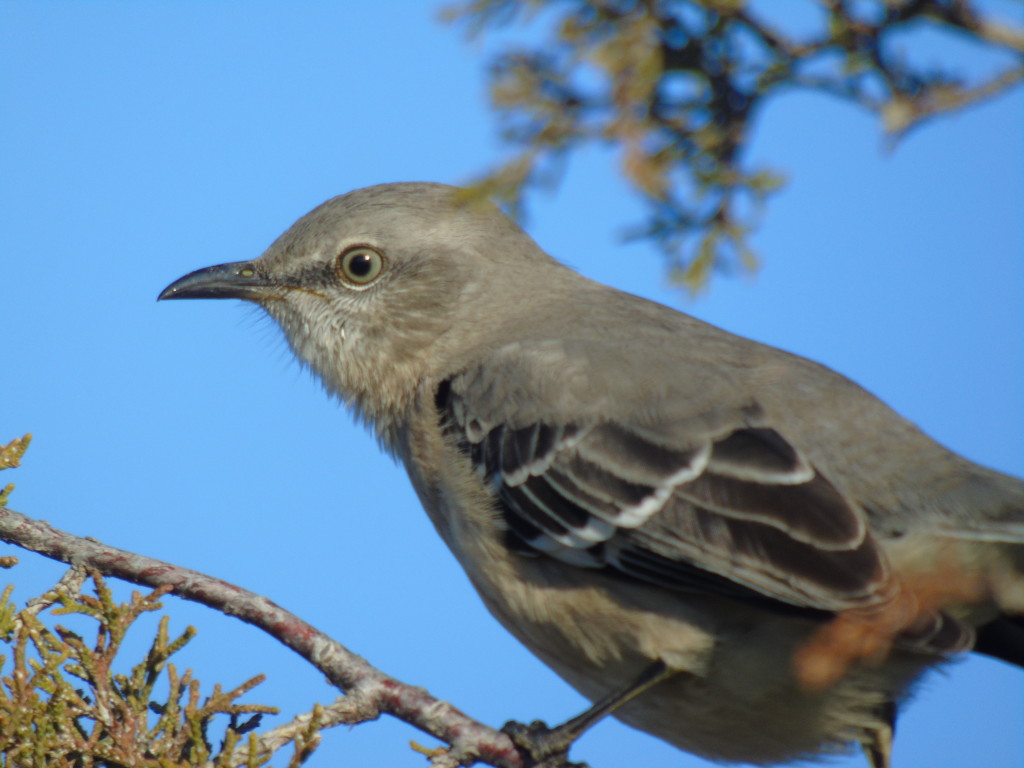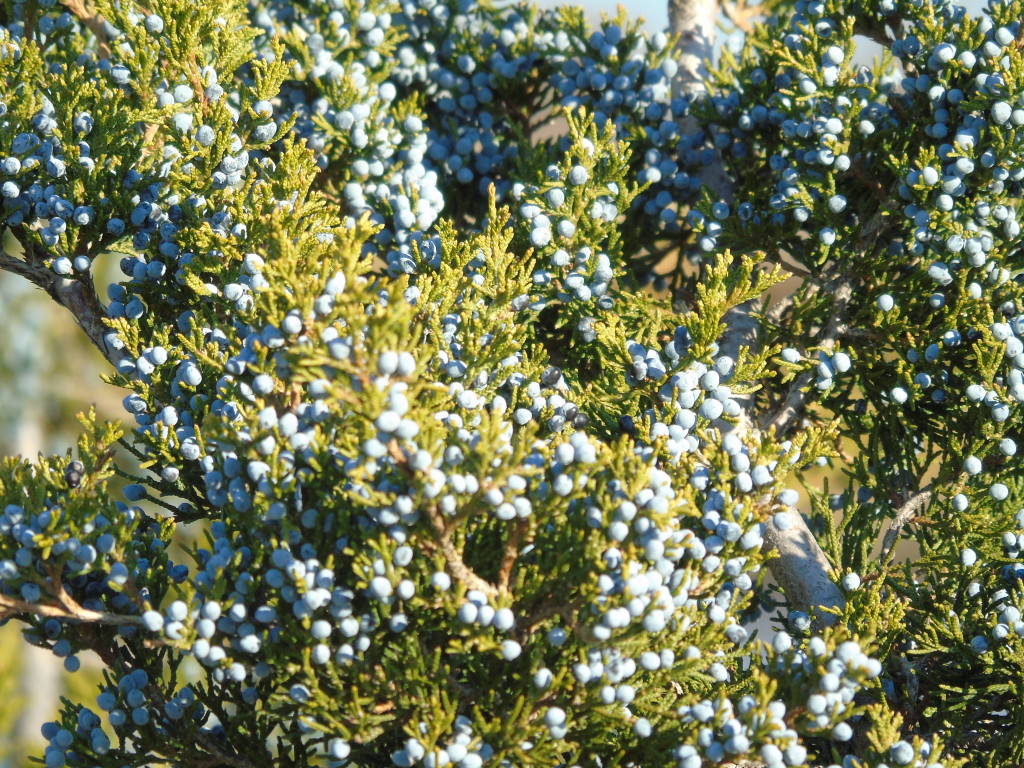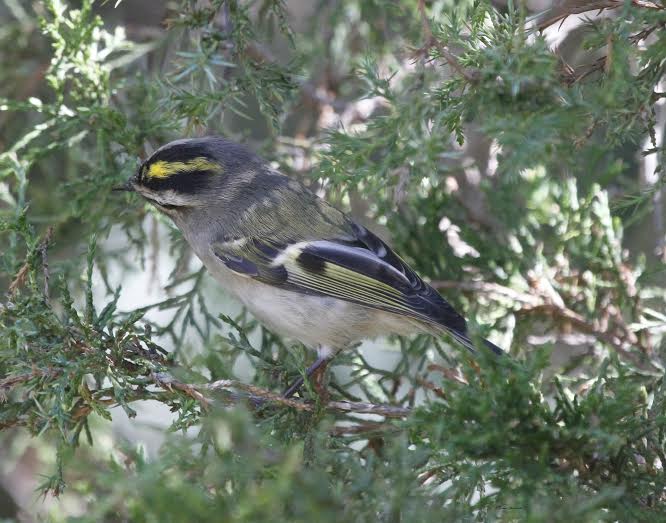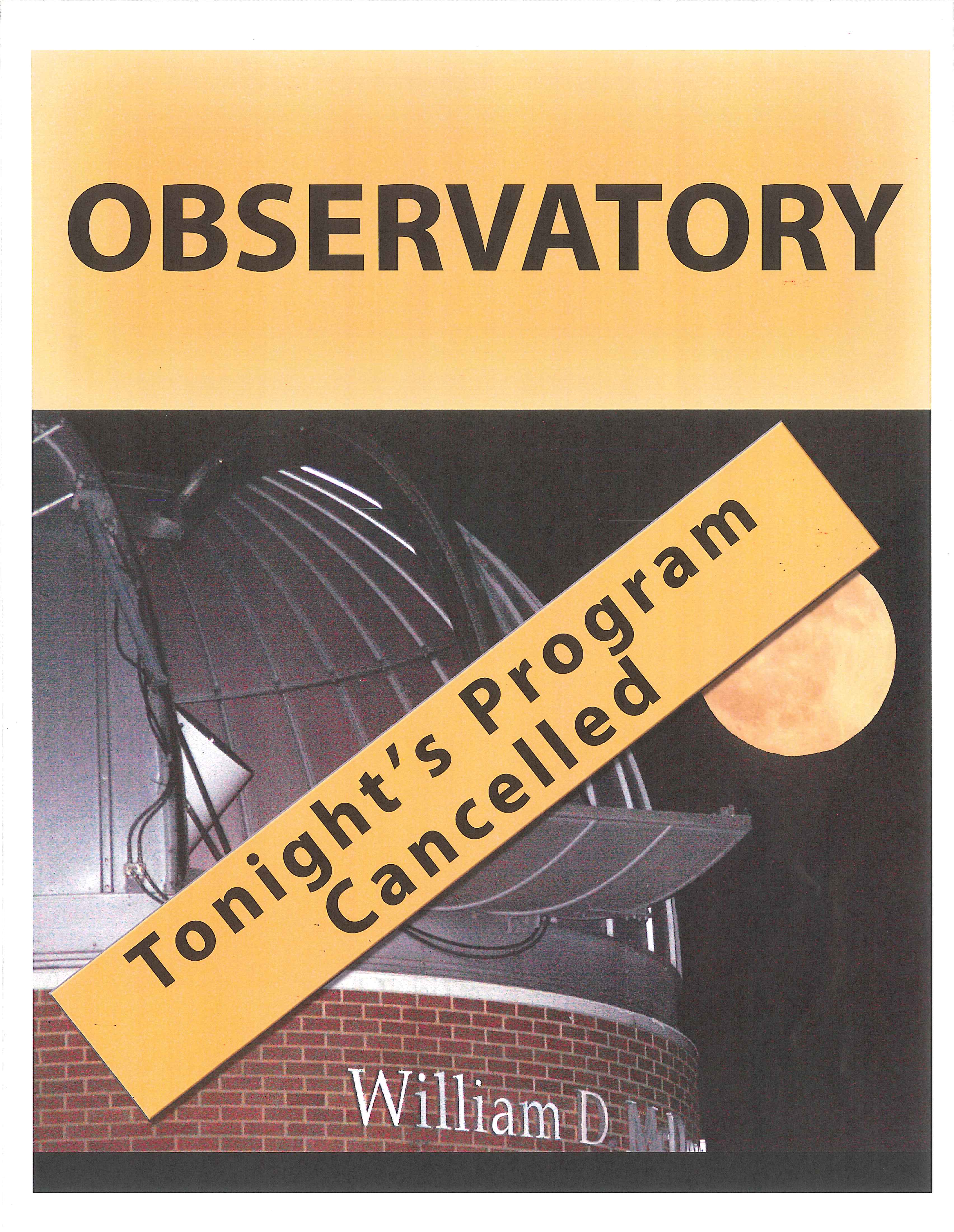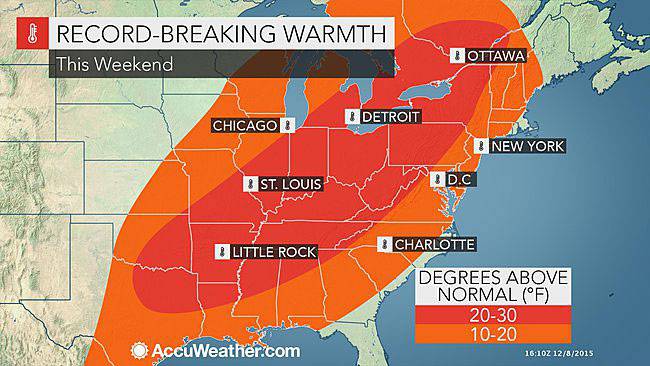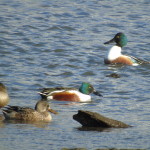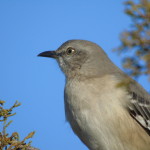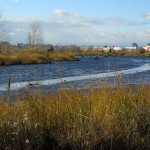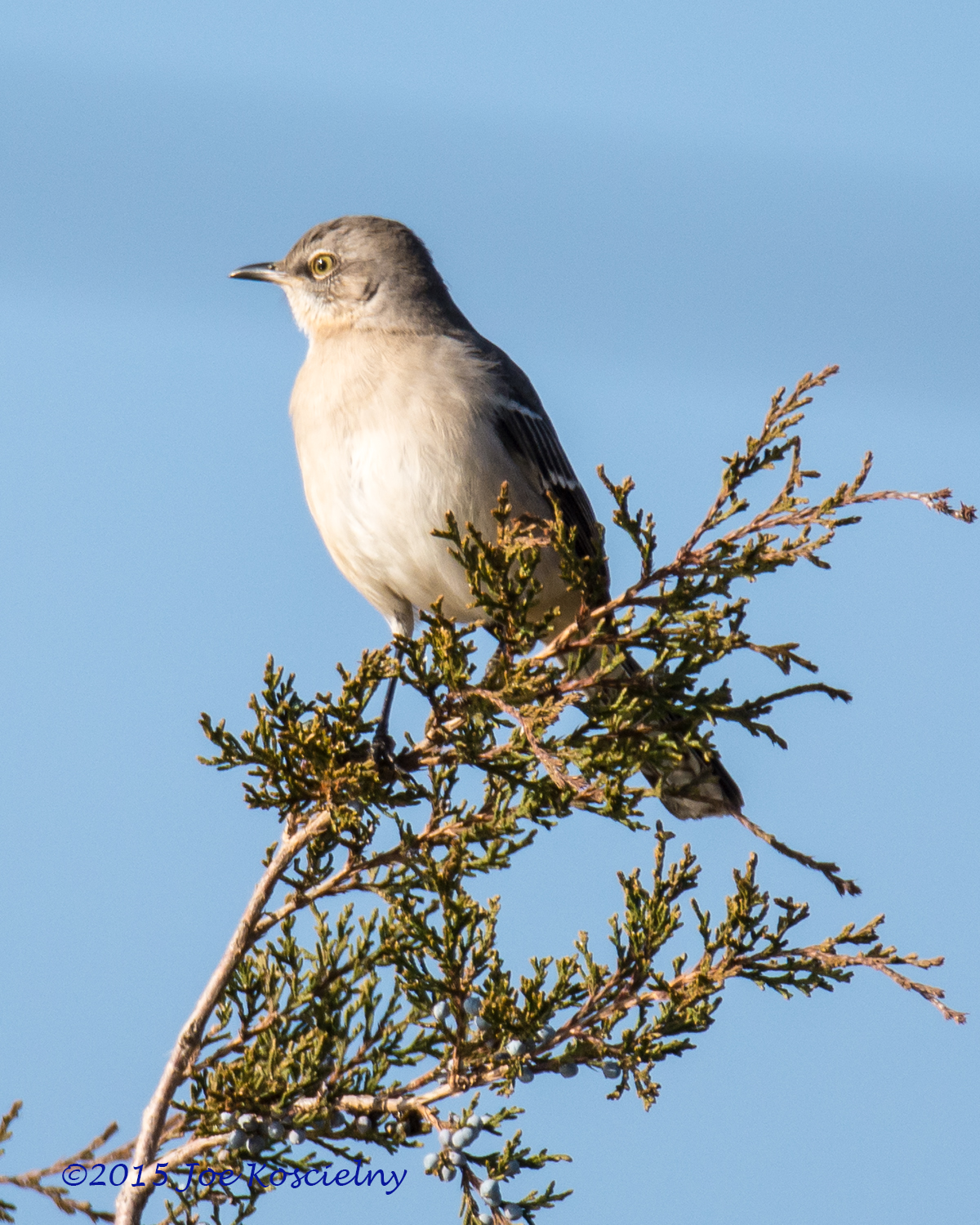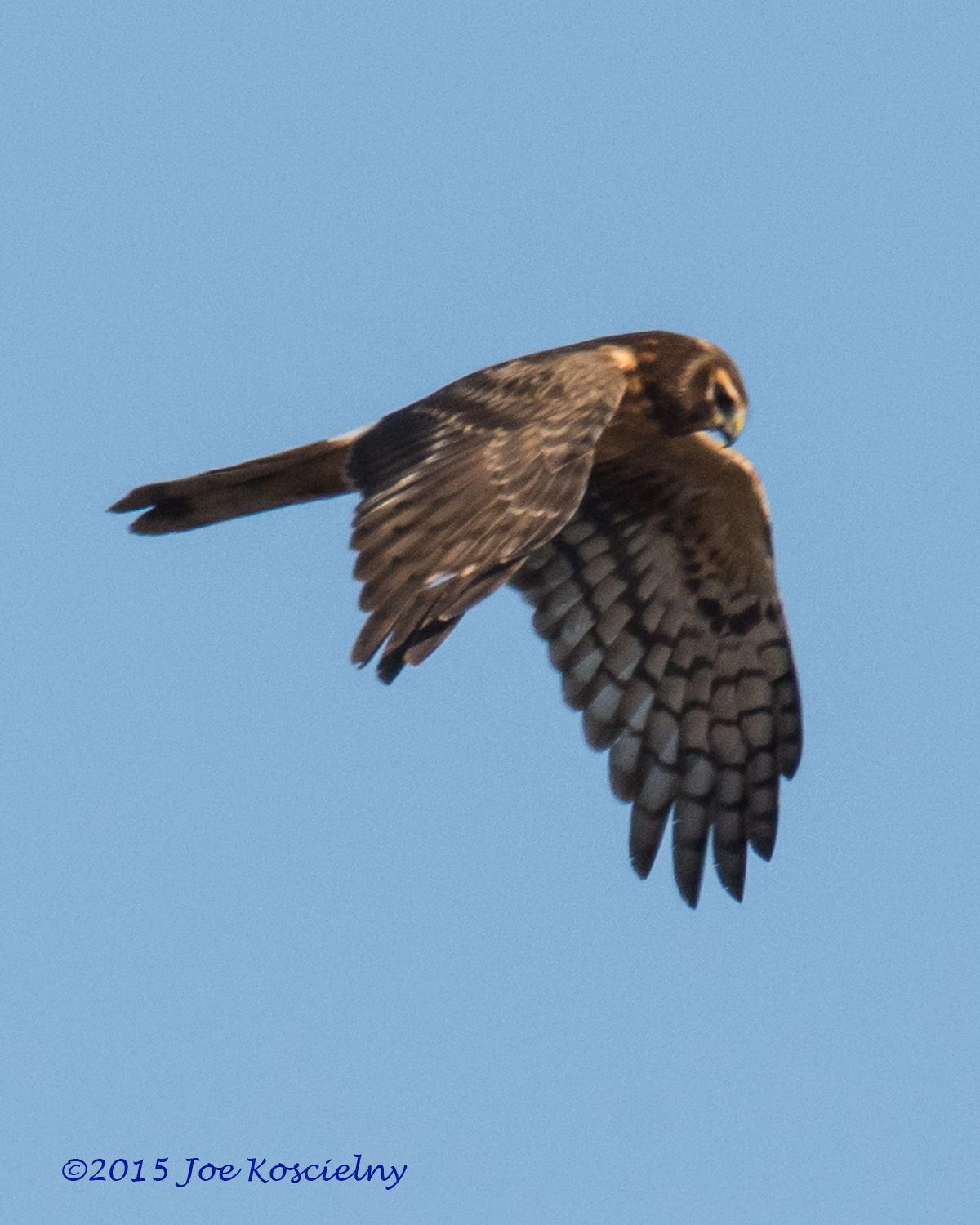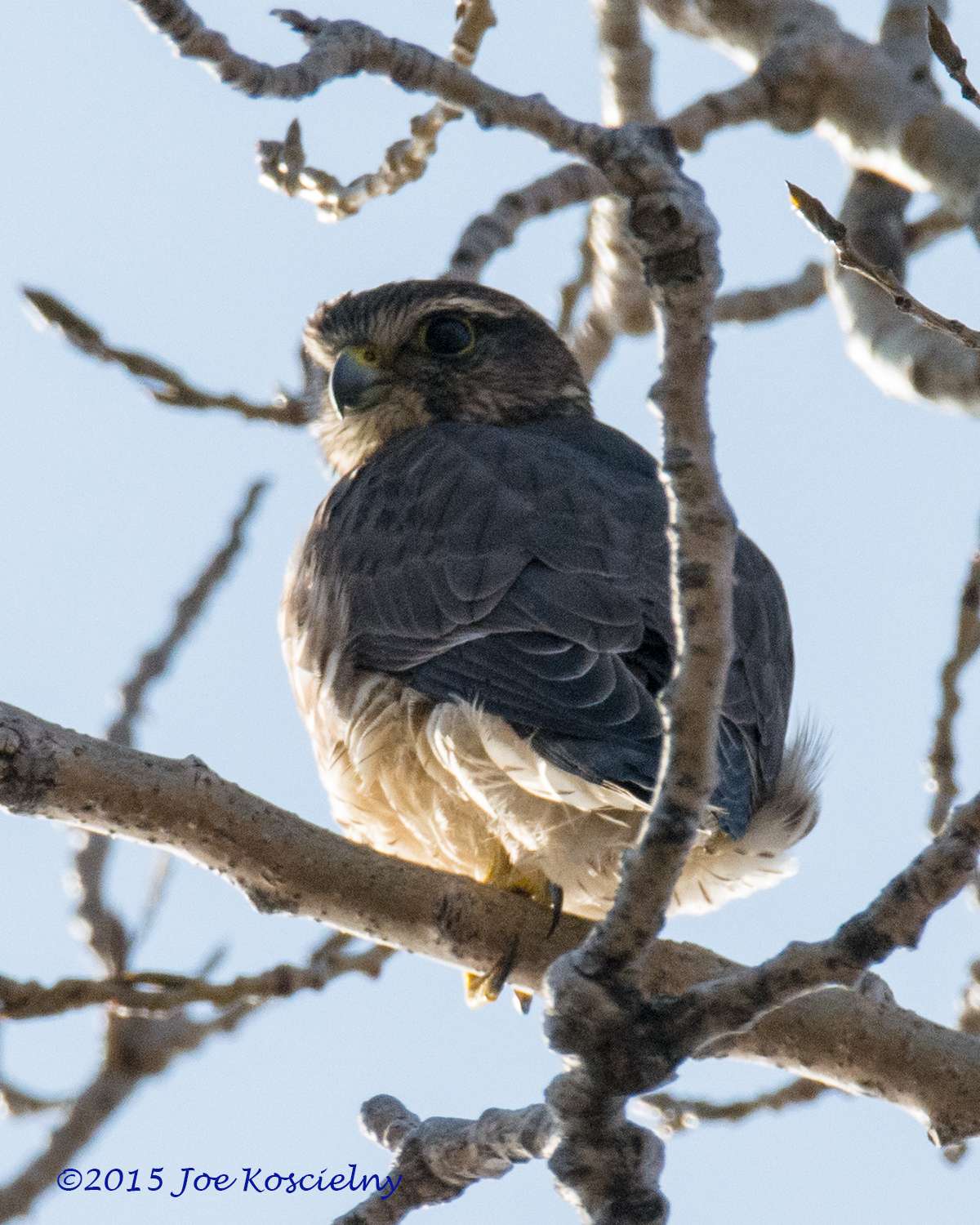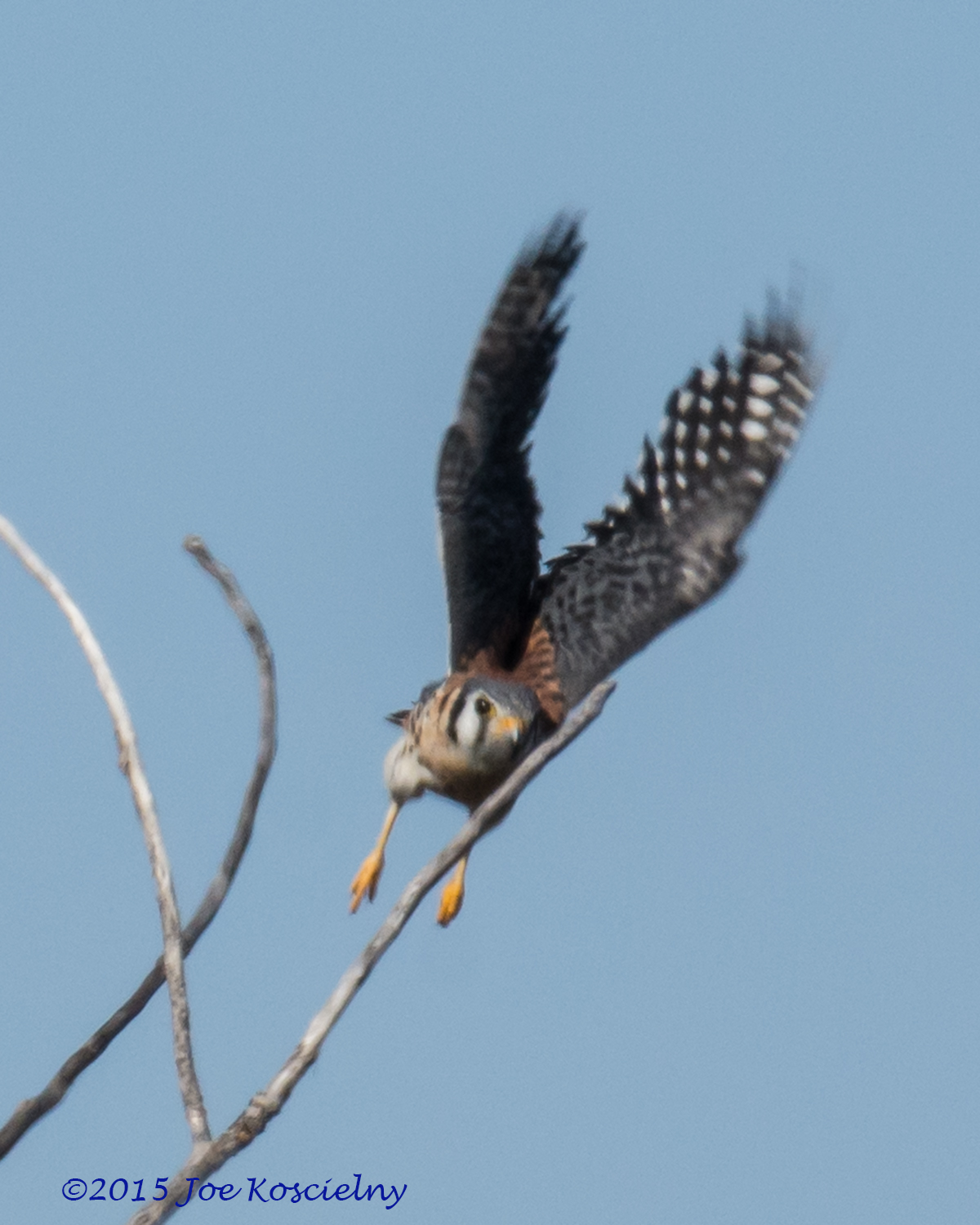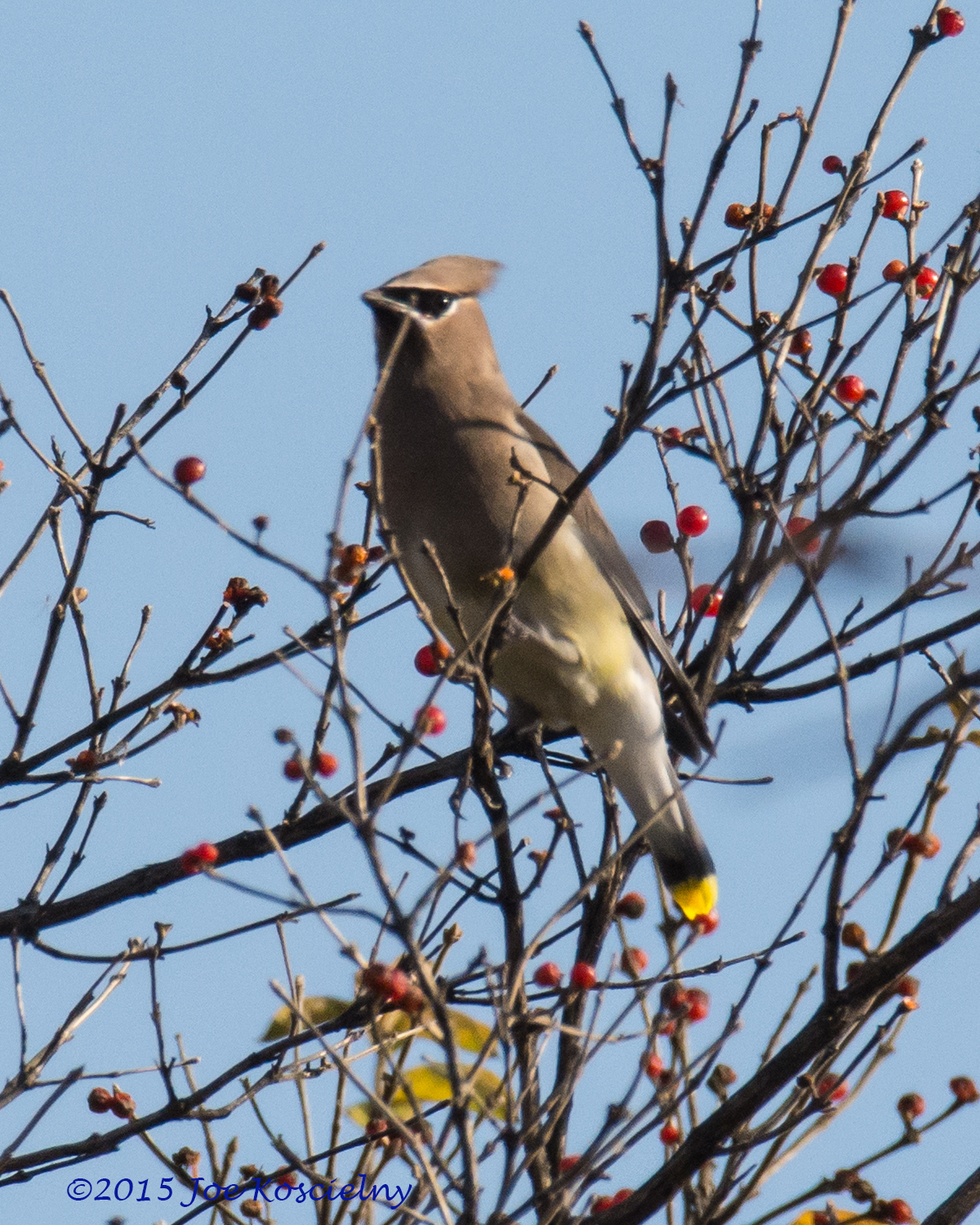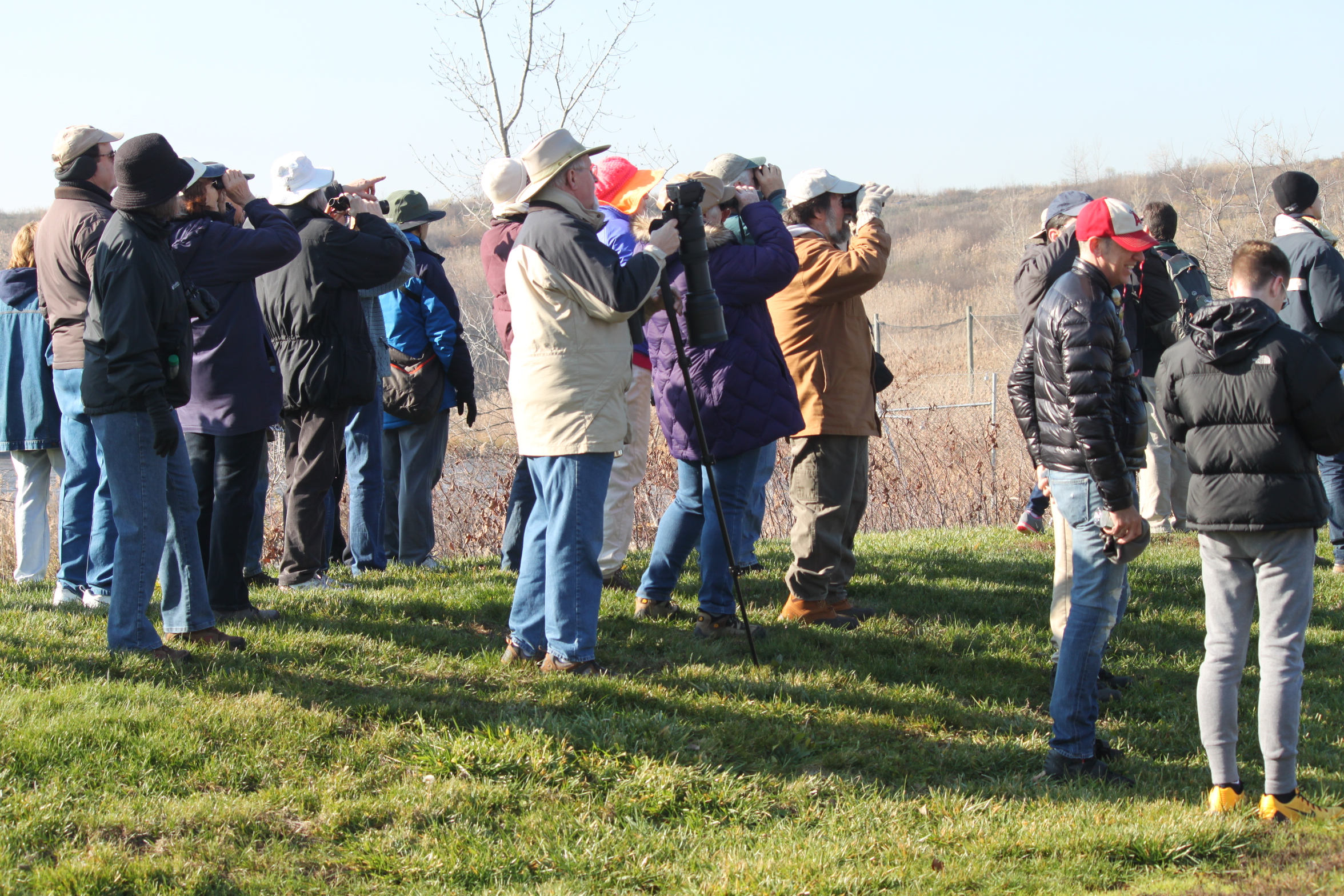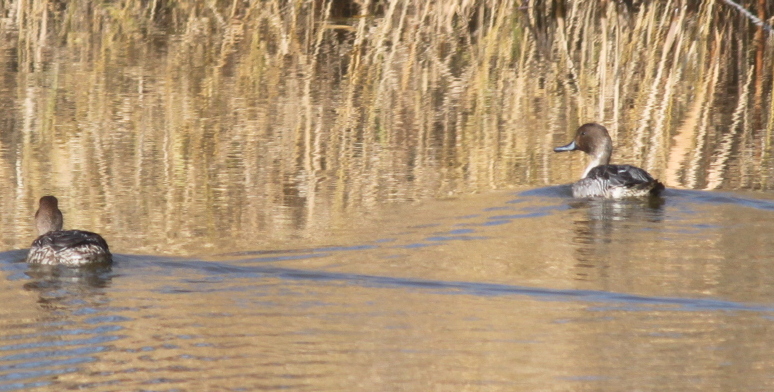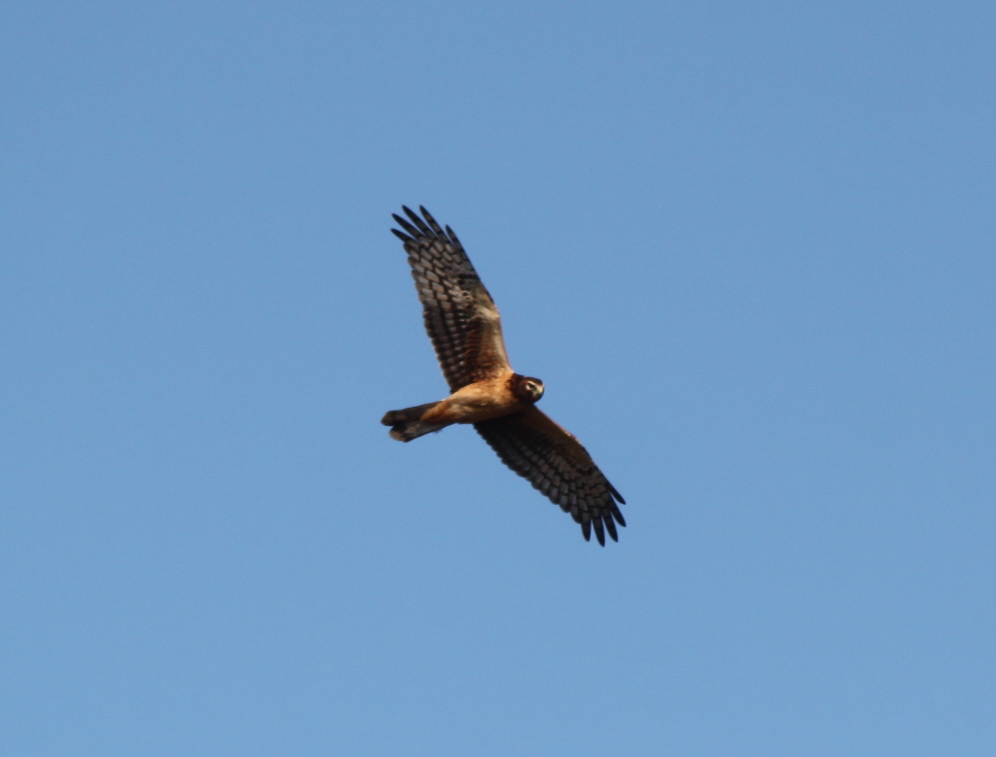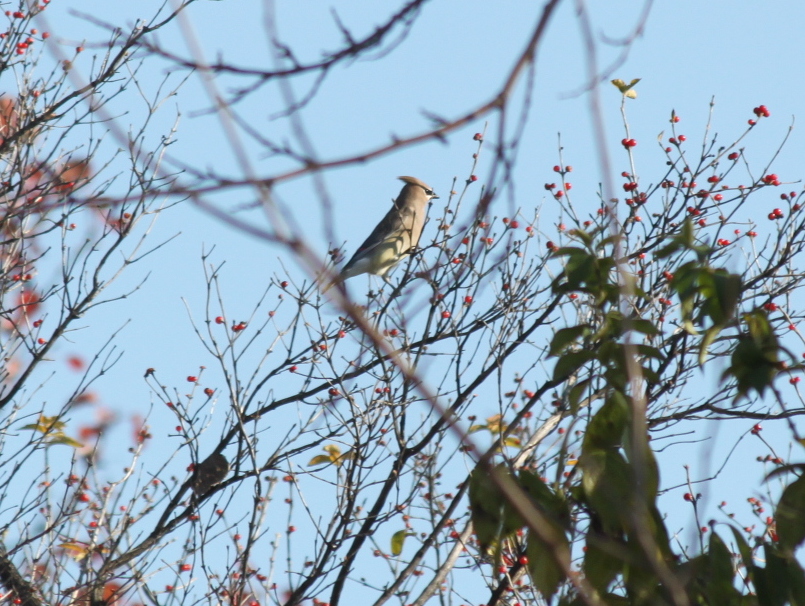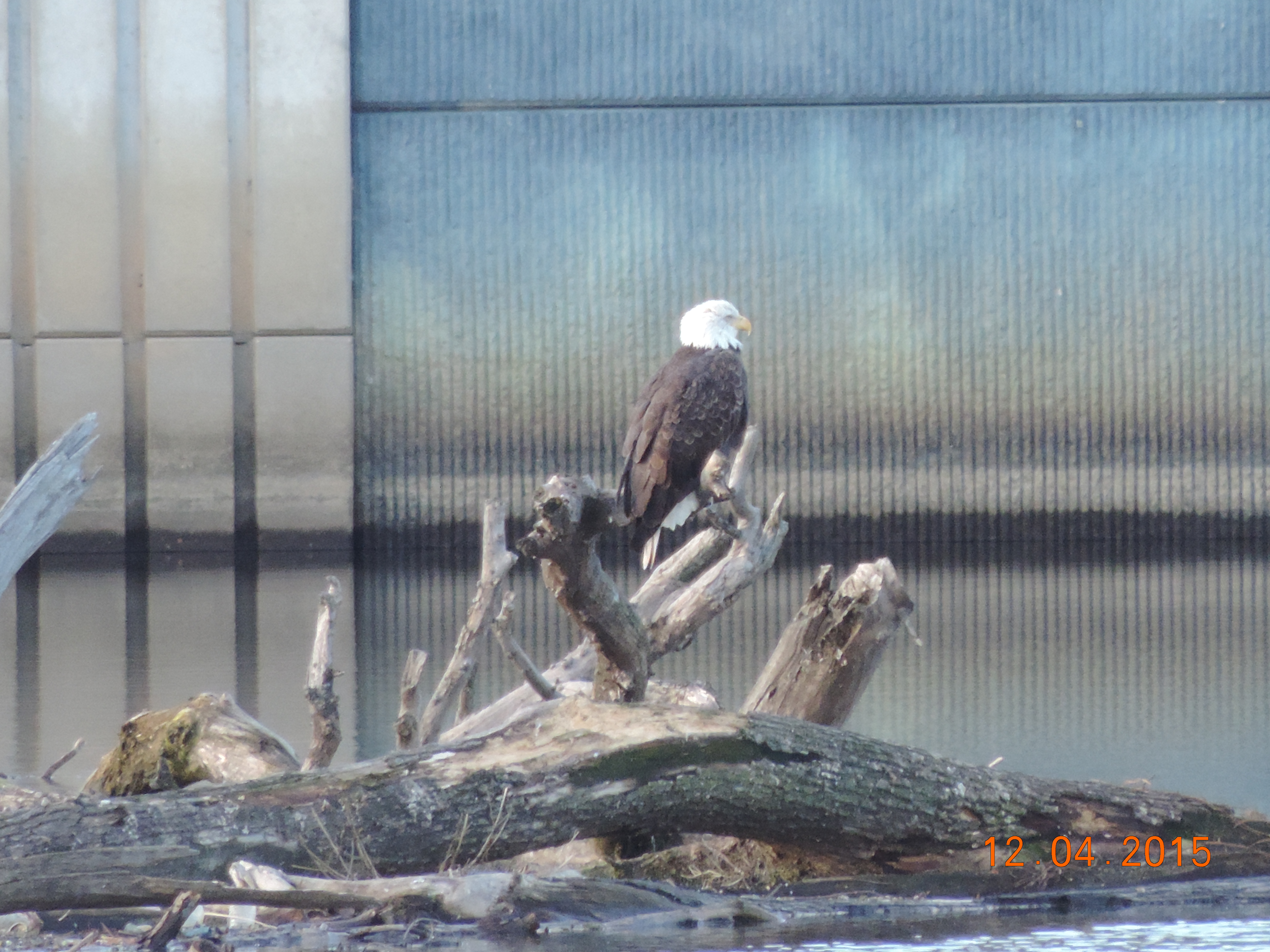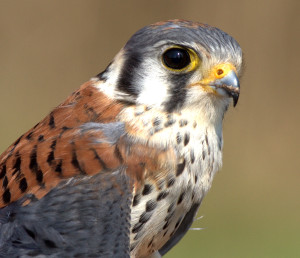- Cedar Waxwing – Dennis Cheeseman
- Northern Mockingbird Guarding a Cedar Tree-Don Torino
- Mill Creek Cedars – Don Torino
- Golden Crowned Kinglet – Dennis Cheeseman
The Eastern Red Cedar, known to many Native American cultures as the “Tree of Life,” is considered especially sacred and believed to hold much power. It is still used in many ceremonies and very much considered a spiritual living being. To our wildlife, it is equally important. It provides sustenance, protection and survival for a vast species of birds.
The Eastern Red Cedar (Juniperus virginiana) does triple duty when it comes to providing what birds need to survive. It offers cover for everything from Owls to Kinglets, nesting places for Orioles to Raptors and food for over 80 species of birds. The Eastern Red Cedar is truly one of the most important species of trees in our environment, and the Meadowlands is home to a great number of these sacred North American native trees.
Our Eastern Red Cedar is a dioecious species, which means basically that there are both male and female plants. Both trees provide excellent cover and nesting opportunities, but it is the female tree that provides those lovely masses of blueberries which attract many birds like a magnet. The Cedar Waxwing is especially fond of these sapphire delicacies which are how it got its namesake. But there are many more diverse bird species that depend on the fruits of the Eastern Red Cedar.
In The Meadowlands the Eastern Red Cedar graces the landscape from DeKorte Park to Mill Creek Marsh, and it is here that many bird species seek out the sustenance of the cedars From Hermit Thrush , Mockingbirds, Yellow-rumps , Tree Swallows and Brown Thrashers to both species of Kinglets and even Northern Flickers, all depend on the cedars throughout the seasons.
Nesting time in the Meadowlands would not be the same without the Eastern Red Cedars. Mockingbirds, Robins and Mourning Doves are among the many bird species that raise their young in the branches of this evergreen .
In winter ,besides serving as an important food source, many other birds such as The Long-Eared Owl take cover in its dense branches to roost and rest to be ready for the evening’s hunt .
Planting Eastern Red Cedar in the home landscape may be a chore since it is not readily available at most garden centers (but I am sure It can be ordered). In addition, if you have apple trees you may not want to introduce it since it is the host for the cedar apple rust disease, which defoliates the trees but usually does not do permanent damage.
Knowing and learning about our native plants in the Meadowlands is an important part of becoming a better birder and gives us a better understanding on how all things in nature are connected and interdependent .

